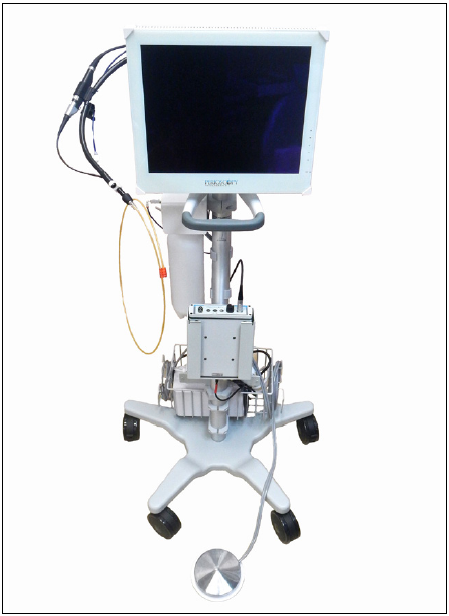Periodontal therapy consists of non-surgical and surgical procedures. Both procedures are aimed at stopping the loss of tooth-supporting bone and gum and creating a stable environment. Although there is no “cure” for periodontal disease, there are ways to control the progression and dramatically minimize the risk of tooth loss.

Periodontal maintenance therapy procedure is not the same treatment as a regular cleaning even though a hygienist may perform both services
after a patient has been treated for periodontal disease, either with root planning or surgery. A standard cleaning addresses scaling and polishing above the gumline. A person who has periodontal disease requires below gumline maintenance.
Typically an interval of three months between appointments is effective in maintaining. As in many other chronic conditions, successful long-term control of the disease and prevention of tooth loss depends on continual, and possibly lifetime maintenance.
What to Expect
It only takes twenty four hours for plaque that is not removed from your teeth to turn into calculus (tartar)! Daily home cleaning helps control plaque and tartar formation, but those hard to reach areas will always need special attention.
Follow-Ups
Once your periodontal treatment has been completed, your dentist and dental hygienist will recommend that you have regular maintenance cleanings (periodontal cleanings), usually four times a year. At these cleaning appointments, the pocket depths will be carefully checked to to monitor the status of your periodontal condition. Plaque and calculus that is difficult for you to remove on a daily basis will be removed from above and below the gum line.
Periodontal disease is a condition that requires constant vigilance to keep it under control. Adequate home care procedures and the maintenance visits are crucial in this regard. We are committed to helping you do what is needed to keep your teeth!
Good oral hygiene practices and periodontal cleanings are essential in maintaining dental health and keeping periodontal disease under control!

Churney Periodontal is the first periodontal office on the west coast of Florida to have and to utilize the power of the dental endoscope. A small camera is used between the tooth and gum to visualize calculus and other problems.
The Benefits:
The Power of Perioscopy:

Scaling & Root planing is one of the most effective ways to treat gum disease before it becomes severe.
Root planing and scaling cleans between the gums and the teeth down to the roots. Your dentist may need to use a local anesthetic to numb your gums and the roots of your teeth.
Some dentists and dental hygienists will use an ultrasonic tool for the planing and scaling. This tool is not as uncomfortable as a standard scraping tool, but not all cleanings require this type of tool.
What To Expect After Treatment
If anesthesia is used, your lips and gums may remain numb for a few hours. Planing and scaling causes little or no discomfort.
Why It Is Done
Root planing and scaling is done when gums have either started to pull away from the teeth or the roots of the teeth have hard mineral deposits (tartar) on them.
How Well It Works
If you maintain good dental care after the procedure, the progression of gum disease should stop. And your gums will heal and become firm and pink again.
What To Think About
Have Additional Questions?, Give us at call 727-799-6733
Ready To Schedule a Visit
Click Here! to Make an Appointment